We work with scientists and forest stewards to craft original research to show why greenery matters.

To further advance the efforts of Baltimore Green Space, Baltimore’s Department of Recreation and Parks, and Baltimore’s Office of Sustainability, a process is underway to propose new regulations that would better protect and mitigate impacts of development on trees and forested natural areas.
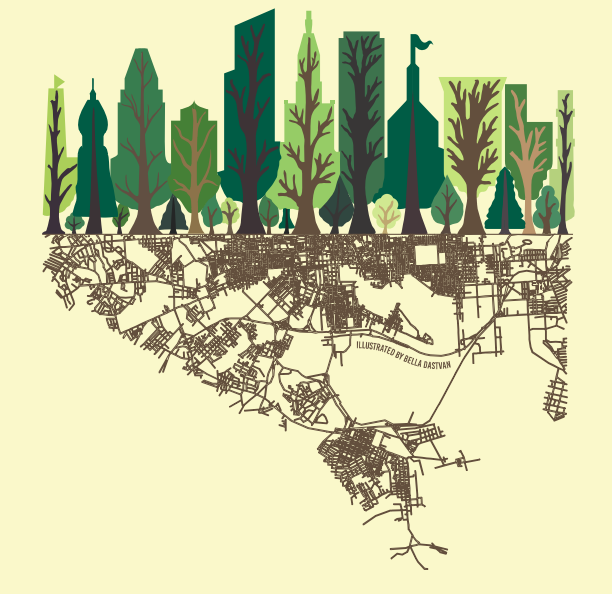
This document is designed for anyone interested in learning more about the health indicators of your city’s forest patches, such as native plants, invasive plants, and soil health.

Reviews the launch of Baltimore Green Space’s Forest Stewardship program, as well as the production of original research with University of Maryland, Baltimore County and the US Forest Service into Baltimore Tree Canopy.

This paper describes a research approach called “forest ethnography,” which we are piloting in Baltimore as part of the Baltimore Ecosystem Study (BES). This urban forest specific approach can contribute to our understanding of both forest environmental history and urban political ecology.
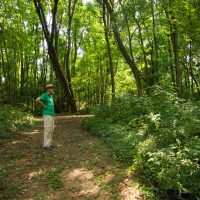
Introducing a conceptual model of the urban forest patch as a complex social-ecological system, incorporating cross-scale interactions.
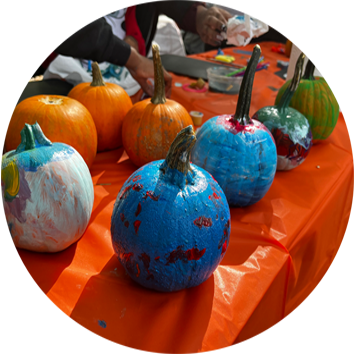
Urbanization alters the hydrologic cycle by creating impervious surfaces (e.g. roofs, parking lots, and roads) and compacting soils, reducing watershed infiltration capacity.
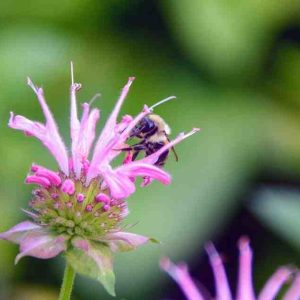
Baltimore’s nearly 12,000 vacant lots – 5 percent of all parcels in the city – reduce property residents’ quality of life and depress property values.
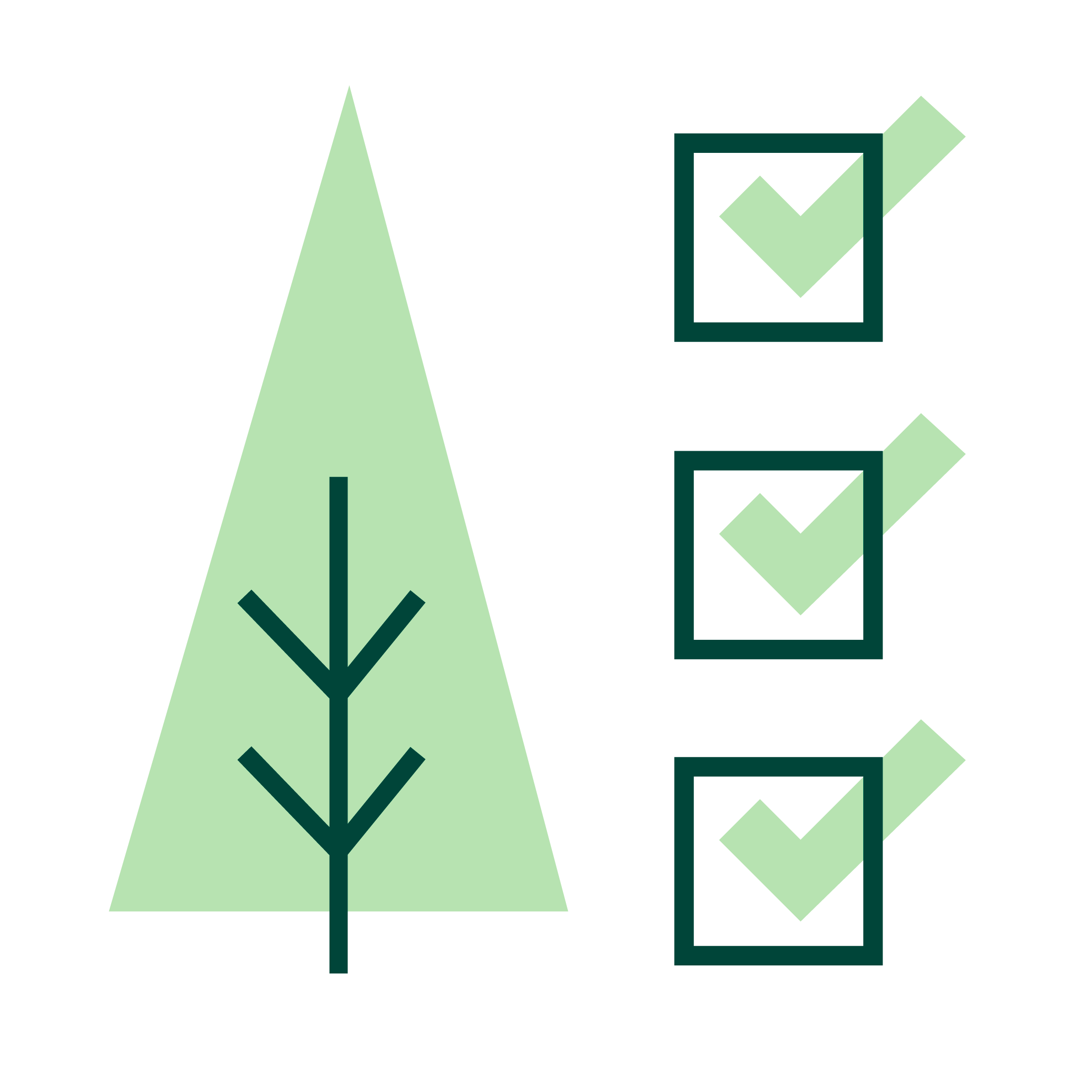

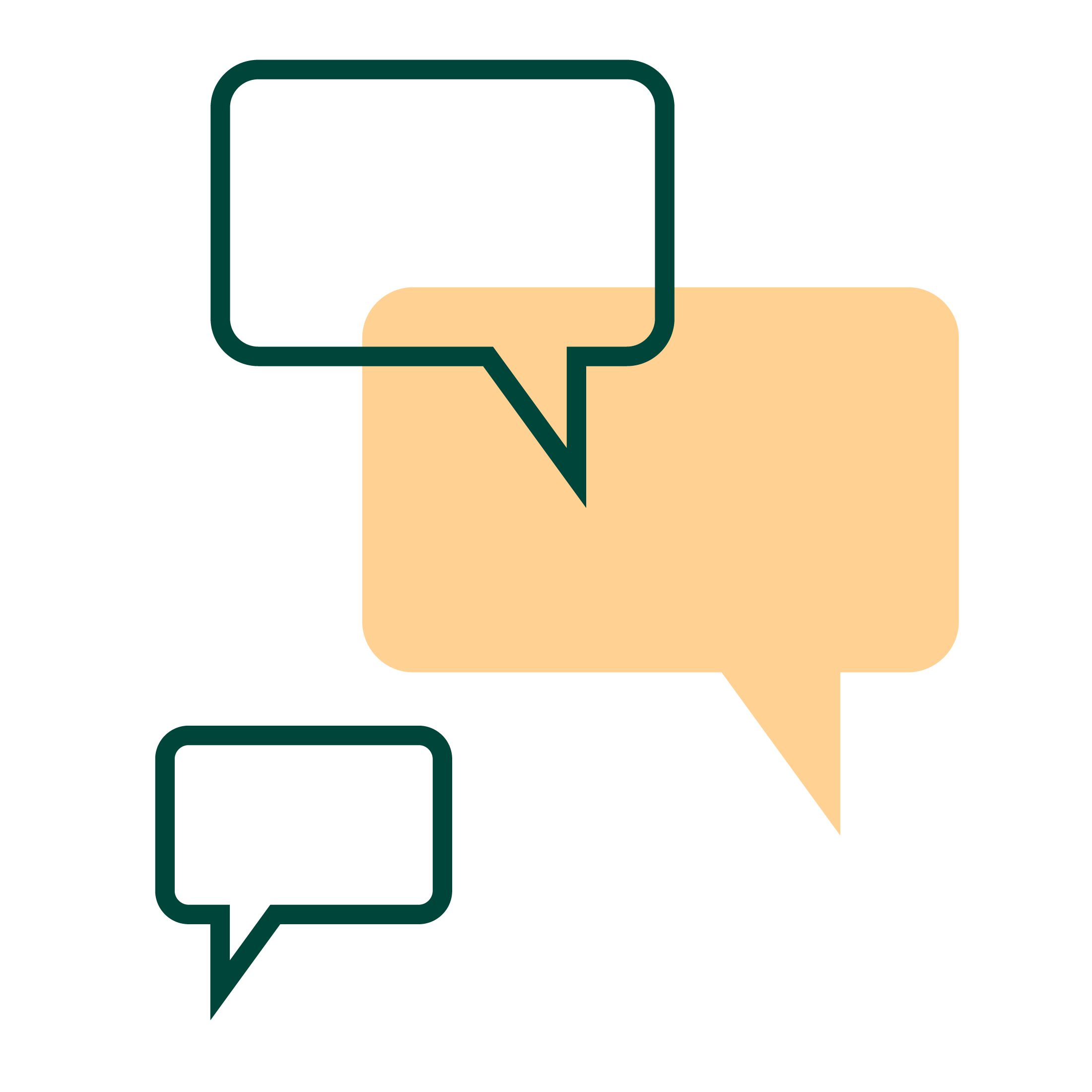
Be the first to hear about exciting events, news, and opportunities.
[email protected]
(813) 530-8166
2100 Liberty Heights Avenue
Baltimore MD 21217
Facebook | Instagram | Twitter